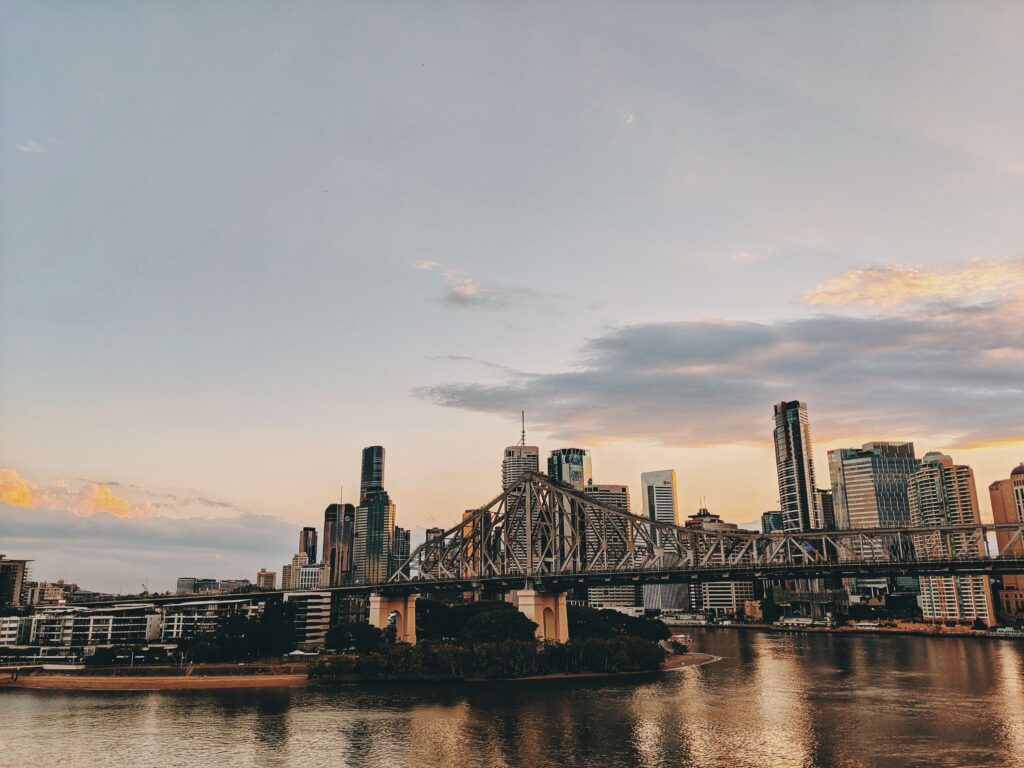Brisbane – Seasonal Variations in Temperatures and Humidity

Brisbane boasts subtropical weather year round. There may be seasonal variations in terms of temperature and humidity levels.
Winter in Brisbane offers pleasant temperatures without becoming overly hot; while summer brings muggier conditions that still allow swimming and sunbathing.
Table of Contents
Winter
Winter in Brisbane offers comfortable temperatures that typically range from 11-21 degrees Celsius. Though snow rarely falls here in Queensland, frost and fog may still occur from time to time.
At this time, humid summer conditions subside and the city becomes significantly quieter, while humidity also drops significantly – creating ideal conditions for sightseeing with clear days and milder weather.
Autumn shoulder season in Brisbane can also be an ideal time for travelers. Average daytime temperatures fall into the low 20s, while rainfall levels have significantly diminished from their summer counterpart. You can still explore many outdoor attractions while strolling along its beaches – casual clothing is still appropriate, though you might need to pack a jacket in case it gets cooler morning and evenings; sun protection should always be worn including hats, sunglasses and sunscreen!
Spring
Springtime can be an especially pleasant season, offering sunny skies and mild temperatures. Outdoor attractions like New Farm Park and City Botanic Gardens make ideal places for enjoying vibrant autumn hues without too much heat.
Humidity levels remain quite high and the risk of thunderstorms remains real, so be sure to pack a hat, sunscreen and sunglasses as extra sun protection measures.
Brisbane experiences its wet season from October 21 through May 29, with an average number of wet days per month being 10, and 24% probability for rain on any given day. Below is a chart displaying the percentage of sunny days experienced over time in Brisbane.
Summer
Summer in Brisbane is an incredible season to visit – it brings the Royal Queensland Show (Ekka), Humpback whale sightings off-coast, open-air activities and festivals galore!
Over the course of summer, day length slowly lengthens while humidity reduces, prompting many locals to wear sleeveless shirts, shorts, or casual beach dresses; when temperatures drop a light jacket may come in handy.
Autumn in Brisbane brings sunny temperatures that make the ideal environment to experience its outdoor attractions – restaurants with outdoor seating, events such as the River Festival and whale-watching opportunities are abundant during this season. Additionally, Humpback whales start migrating off its coasts – providing another prime opportunity for whale-watching adventures!
Autumn
Spring and autumn shoulder seasons (May to the end of October) see temperatures steadily decrease from their uncomfortable summer peak, and humidity decreases, making exploring the city easier.
Brisbane experiences its driest weather from late September to the end of October, according to our tourism score that prioritizes rainless days for outdoor tourist activities. This period provides ideal conditions for general outdoor tourism activities and will give you the best conditions to do them in.
Brisbane experiences its calmer season from March 31 to October 13 when the percentage of hours in each of the four most common wind directions fluctuate throughout the year and sea temperatures remain warm year-round.


